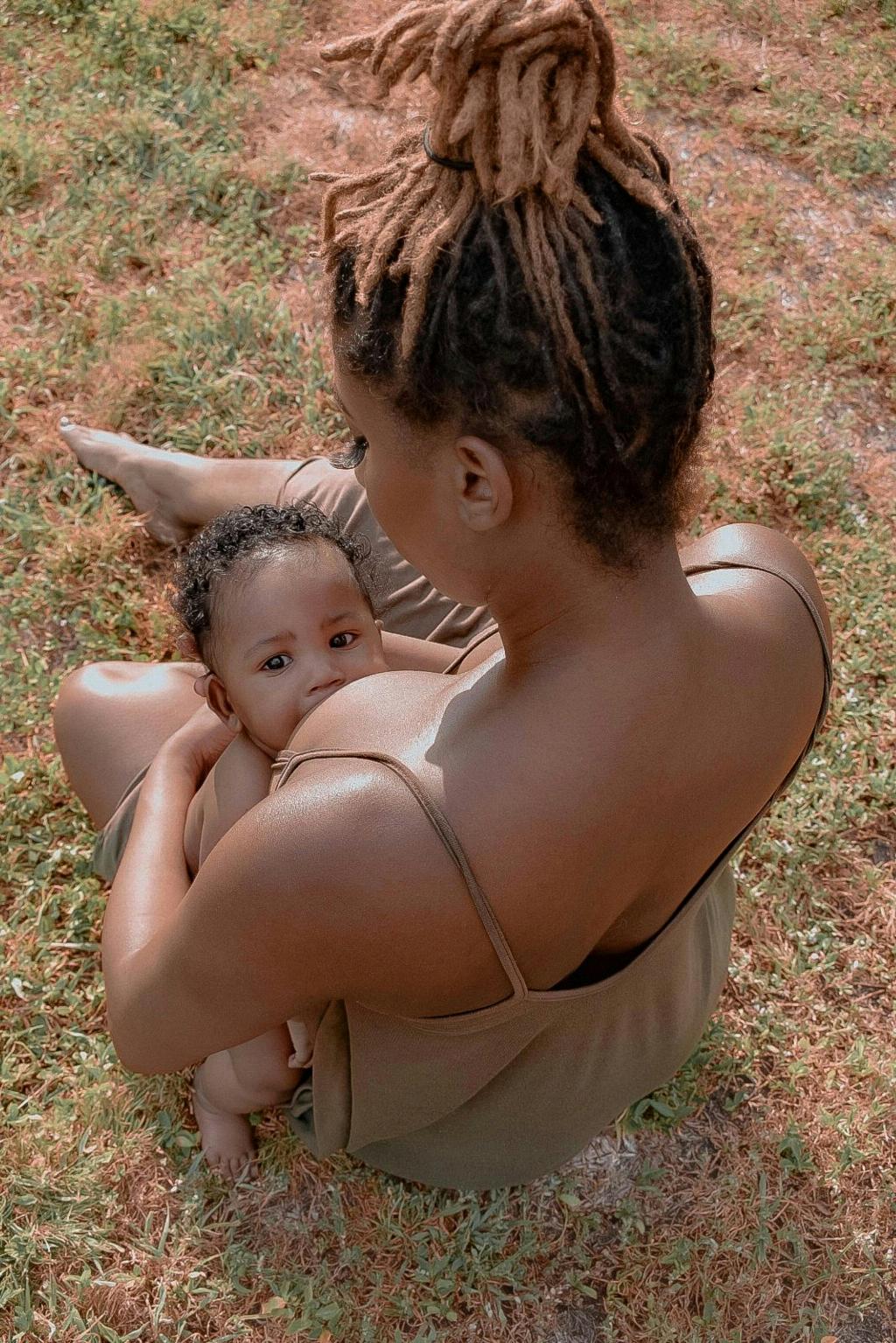Sore nipples can be a common concern for breastfeeding mothers, often leading them to question whether a poor latch could be the culprit behind the discomfort. While sore nipples can indeed be an indication of a poor latch, it’s essential to understand the connection between the two and how various factors can contribute to nipple pain during breastfeeding.
The Role of Proper Positioning
One of the primary reasons behind sore nipples is improper positioning while nursing. When the baby is not positioned correctly or the mother is not holding the baby in the right way, it can lead to the baby having difficulty latching on properly, causing discomfort for both the mother and the baby.
Importance of a Good Latch
A good latch is crucial for successful breastfeeding. When a baby latches on correctly, they can effectively extract milk from the breast, minimizing the chances of nipple pain. A poor latch, on the other hand, can result in the baby not being able to draw milk efficiently, leading to increased sucking efforts that can contribute to sore nipples.
Signs of a Poor Latch
There are several signs that can indicate a poor latch during breastfeeding. These include but are not limited to: nipple pain, clicking sounds while nursing, inadequate weight gain in the baby, and a shallow latch. If you are experiencing sore nipples, it’s essential to assess your baby’s latch to determine if it may be contributing to the discomfort.
Factors Contributing to Sore Nipples
While a poor latch is a common cause of sore nipples, other factors can also contribute to nipple pain during breastfeeding. These factors include thrush, engorgement, tongue tie in the baby, incorrect breast pump usage, and skin sensitivity.
Seeking Support and Assistance
If you are experiencing sore nipples and suspect that a poor latch may be the cause, seeking support from a lactation consultant or a healthcare provider can be beneficial. These professionals can help assess your breastfeeding technique, provide guidance on proper positioning and latching, and offer solutions to alleviate nipple pain.
Tips for Improving Latch and Reducing Nipple Pain
There are several strategies you can implement to improve your baby’s latch and reduce nipple pain. These include ensuring proper positioning, aiming the baby’s nose towards your nipple, waiting for the baby to open their mouth widely before latching on, and seeking help from a lactation consultant for personalized assistance.
Managing Sore Nipples
While addressing the underlying cause of sore nipples, it’s also essential to manage the discomfort effectively. Applying lanolin cream, using cold compresses, taking warm showers, and wearing comfortable clothing can help alleviate soreness and promote healing of the nipples.
Patience and Persistence
It’s important to remember that establishing a good latch and overcoming nipple pain may take time and patience. As you and your baby navigate the breastfeeding journey together, practicing patience, persistence, and seeking support when needed can enhance your breastfeeding experience and promote bonding between you and your little one.
Conclusion
While sore nipples can be a sign of a poor latch, various factors can contribute to nipple pain during breastfeeding. By understanding the importance of proper positioning, assessing latch quality, seeking support when needed, and implementing strategies to improve latch technique, you can work towards reducing nipple pain and enhancing your breastfeeding journey.

